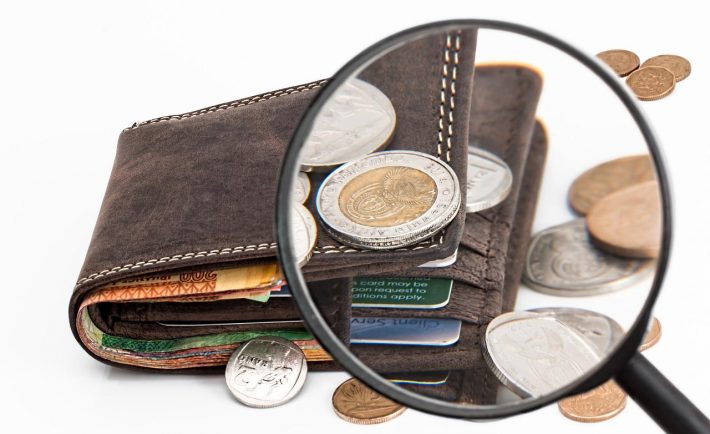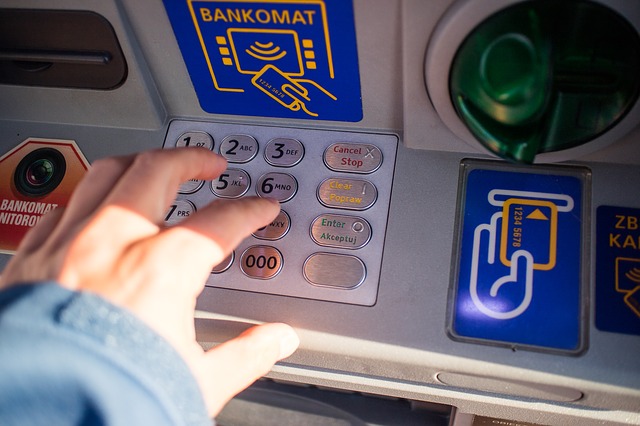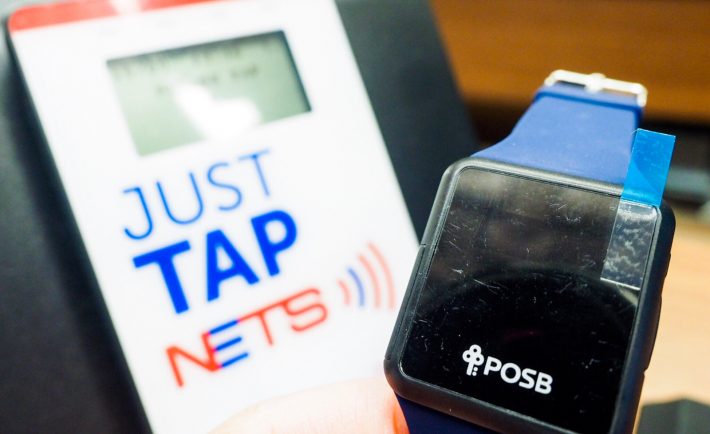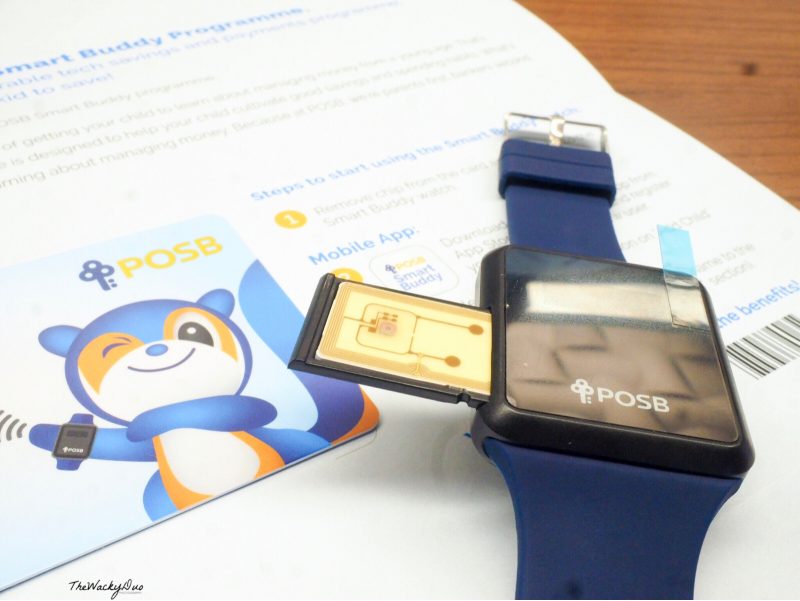Deepavali, also known as Diwali, illuminates the spirits of people across various Indian traditions worldwide. This vibrant Hindu festival symbolizes the triumph of light over darkness, good over evil, and knowledge over ignorance. One of its key narratives involves the return of Lord Rama to Ayodhya with his wife Sita and brother Lakshmana after vanquishing the demon king Ravana.
The festivities of Deepavali are set to light up Singapore from November 10 to November 15, with the main celebration falling on November 12, a Sunday. Following this, Monday the 13th becomes a public holiday, allowing everyone to immerse themselves in the festivities.
WHERE TO CELEBRATE DEEPAVALI IN S’PORE
#1: LITTLE INDIA
The heart of Singapore’s Indian community, Little India, transforms into a captivating spectacle during Deepavali. Streets adorned with diyas and kolam create a colorful tapestry. Dive into the festivities at the Deepavali Mela, a street carnival featuring food stalls, games, and cultural performances.
Indian Heritage Centre: This center is a treasure trove of knowledge about Indian history and culture in Singapore. During Diwali, it hosts workshops on making diyas and kolam, allowing visitors to engage with traditions hands-on. The Diwali Open House 2023, from October 14 to November 12, invites everyone to enrich their understanding of this vibrant festival through various activities.
Find more details about Diwali Open House 2023 here.

Image Credits: unsplash.com
#2: FESTIVAL VILLAGE
Nestled along Campbell Lane, the Festival Village offers traditional clothing, delectable snacks, handicrafts, and festive decorations. Open from September 30 to November 9, 2023, this vibrant market promises a treasure trove of experiences from 10 am to 10 pm.
Explore the Festival Village here.
#3: DEEPAVALI FOOD BAZAAR
Indulge your taste buds at the Deepavali Food Bazaar at Poli@Clive Street. From 2 pm to 10 pm daily until November 11, this bazaar offers an array of authentic Indian snacks and dishes, including biryani and murukku. It’s a culinary delight you won’t want to miss!
Discover the Food Bazaar here.
#4: WALKING TOUR OF LITTLE INDIA
Experience the vibrant heritage of Little India through a 2.5-hour walking tour. Delve into the area’s cultural nuances, from the best eateries to hidden gems. While the tour is free, tips for the guides are appreciated.
Book your Little India walking tour here.
#5: HINDU TEMPLES
Explore the vibrant tapestry of Hindu culture by visiting some of Singapore’s most iconic temples. Begin with the crowning jewel of Little India – the Sri Veeramakaliamman Temple. Established in 1855, it holds the distinction of being one of Singapore’s oldest religious sites.
In the heart of Chinatown, make sure to visit Sri Mariamman, Singapore’s largest and oldest temple, situated on South Bridge Road. Renowned for its breathtaking painted ceilings, this temple is also famous for hosting the Fire Walking Ceremony, known as Theemithi. If you find yourself in the East, head over to Sri Senpaga Vinayagar Temple on Ceylon Road. What sets it apart is its unique musical pillar, which produces different notes when tapped, adding to the temple’s allure.
WHERE TO FIND DEEPAVALI SPECIALS

Image Credits: unsplash.com
a. Sheng Siong Deepavali Special Promotion: Enjoy special offers from October 20 to November 9, 2023.
b. Giant Get Ready for Deepavali Promotion: Dive into festive shopping from October 26 to November 1, 2023.
c. Lazada Singapore’s Redmart Diwali Sale: Avail up to 60% off on a variety of items during this Diwali Sale.
This Deepavali, Singapore promises a celebration that’s not just lit but also rich in culture and tradition. Embrace the festival of lights and revel in the joy it brings!













